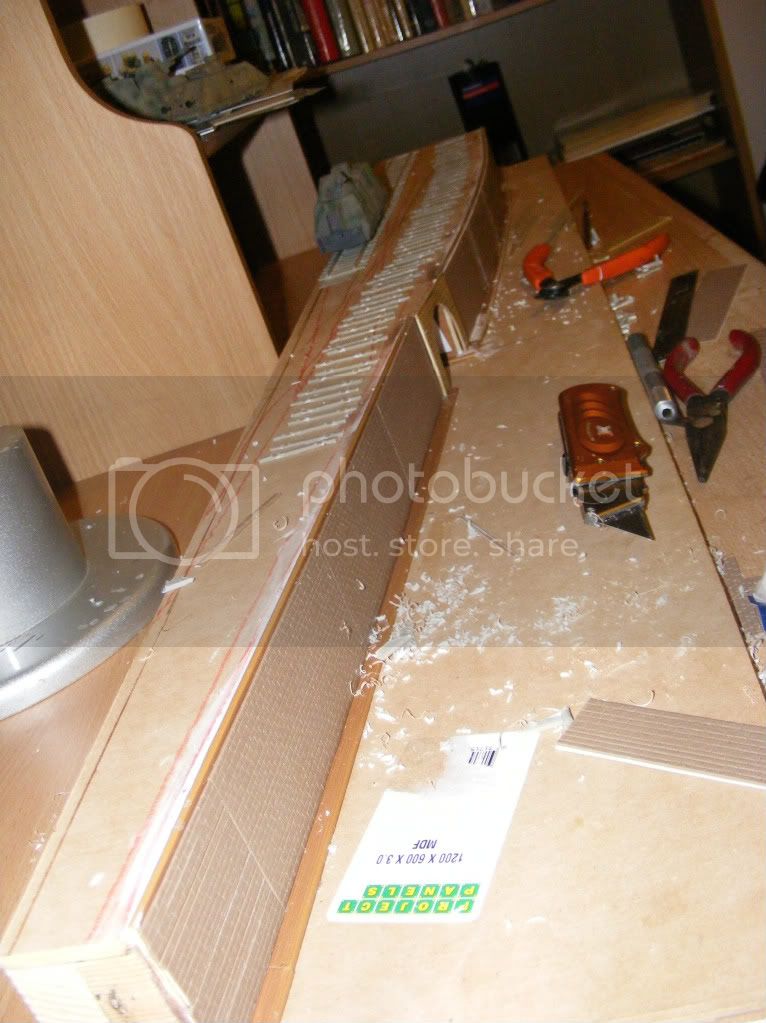I'm building a fairly large diorama for the Armageddon armoured train (in 1/72 scale)
The setting is late WW2 in Germany
The diorama will include some paved road
I need to know type of road surface might be used
I was looking for cobblestones, best I could find was irregular shaped stones in a fairly random pattern (see pics below, with a large truck and small car to show the size of the pattern)
can anyone who knows advise if what I'm thinking of using is possible or impossible ? likely, or unlikely ?
any advice appreciated


cheers
Neil















